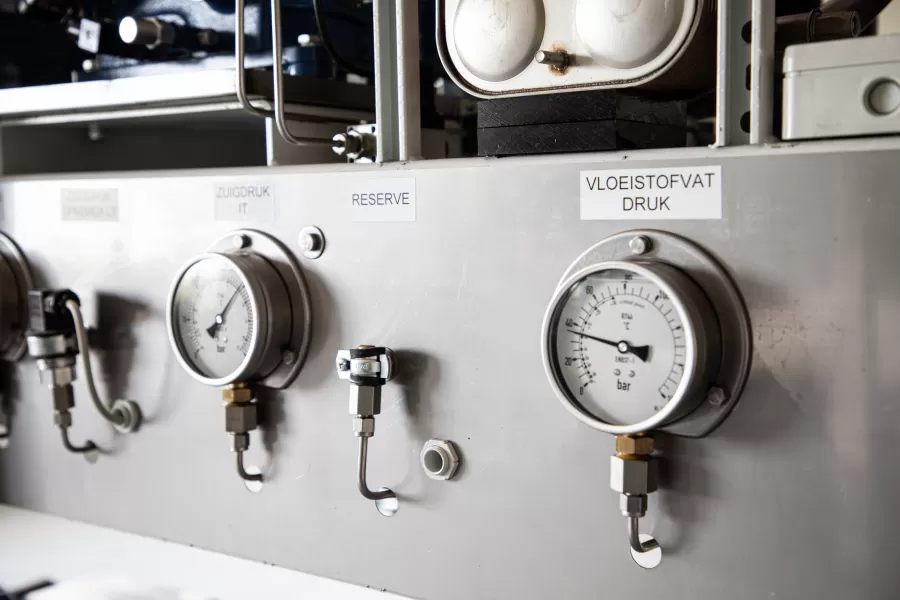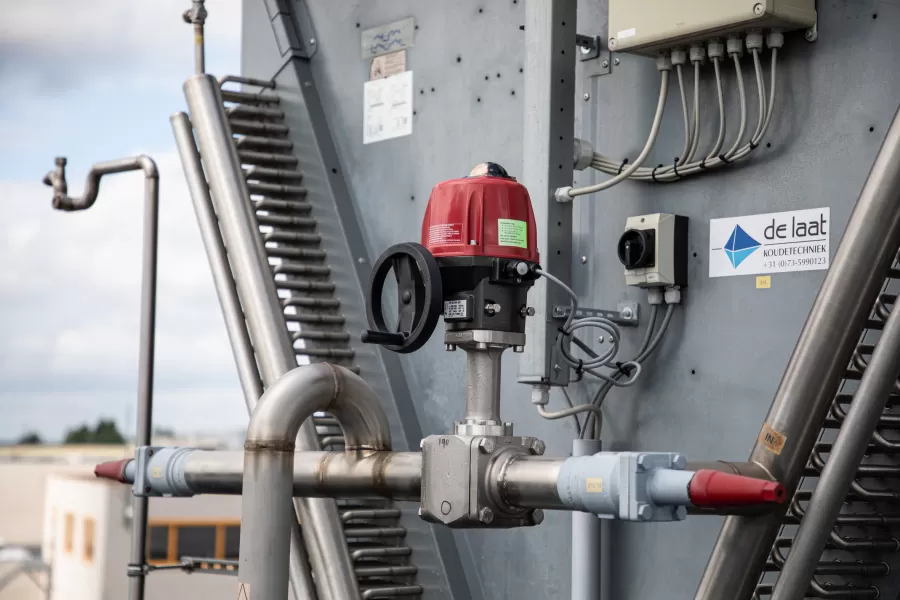
In refrigeration technology, there are two different types of refrigerants: synthetic and natural refrigerants. In the (recent) past, mostly synthetic ones were used, but these days natural refrigerants are becoming more and more attractive. Not only for the sake of the environment, but also for your wallet.
Natural refrigerants do not affect the ozone layer and have very low or even no earth-warming capacity – a capacity that in technical jargon is also called GWP. Synthetic refrigerants contain chlorine and are therefore depleting the ozone layer and warming the earth. Why then, are they still used? Natural refrigerants also have their own disadvantages. They have a specific application area and in case of leakage, can form a risk for their direct environment. That is why it is very important that installations are always certified by professional experts and companies.

· Ammonia
· Carbon dioxide (CO2)
· Hydrocarbon (a.o. propane)
Aforementioned natural refrigerants are thus much, much less harmful for the environment compared to synthetic refrigerants. The greenhouse effect of synthetic refrigerants is 124 up to 22.800 times bigger than that of CO2. The greenhouse effect of ammonia is even 0.0. Given that the European Parliament is increasingly phasing out the use of harmful refrigerants, the switch to natural refrigerants becomes an increasingly better alternative. As Europe is stopping the use of synthetic refrigerants, switching to natural ones makes any company less dependent upon decisions made in the European Parliament. Moreover, it helps you contribute to a more sustainable planet. Apart from that, synthetic refrigerants are becoming more and more scarce en expensive.
In case you do not case any measures in the switch from synthetic to natural refrigerants, one might be put in a situation in which in case of a malfunctioning of your installation, you are not allowed to fill it with the past used synthetic refrigerant anymore because of laws and regulations. Or, the corresponding synthetic refrigerant has become extremely expensive or scarce. That is why it is very important to plan your switch in time and to phase out the use of synthetic refrigerants gradually, cooperating with a professional organization.
In many cases, the initial investment of an installation running on natural refrigerants is somewhat more expensive than an installation running on synthetic refrigerants. This investment will however be redeemed within serval years, as both energy as well as service and maintenance costs will steadily decrease. Apart from that, a more sustainable installation in many cases offers you financial advantages in the form of subsidies and incentive schemes from the government. Switching is therefore not only essential, but also offers great advantages. Therefore: please be sensible and switch in time.
Summary: the advantages of natural refrigerants
· They do not affect the ozone layer and have a very low or non-existent earth-warming capacity (GWP);
· They save energy and therefore energy costs;
· You will be eligible for interesting financial advantages and incentive schemes;
· A more steady and pleasant indoor climate.

Please contact our expert, Adriaan van Beek!